The London Taxi Story.
The right to ply for hire was first given to the watermen of the river Thames by Royal Charter during the twelfth century. In those day's all the royal palaces and large mansions fronted the river Thames with the Tower of London, palace of Westminster, Lambeth Palace, Richmond Palace, Hampton Court and Windsor Castle all being on the River. Large houses like York House had their own Watergate entrance and it is still standing today as a reminder of those times.
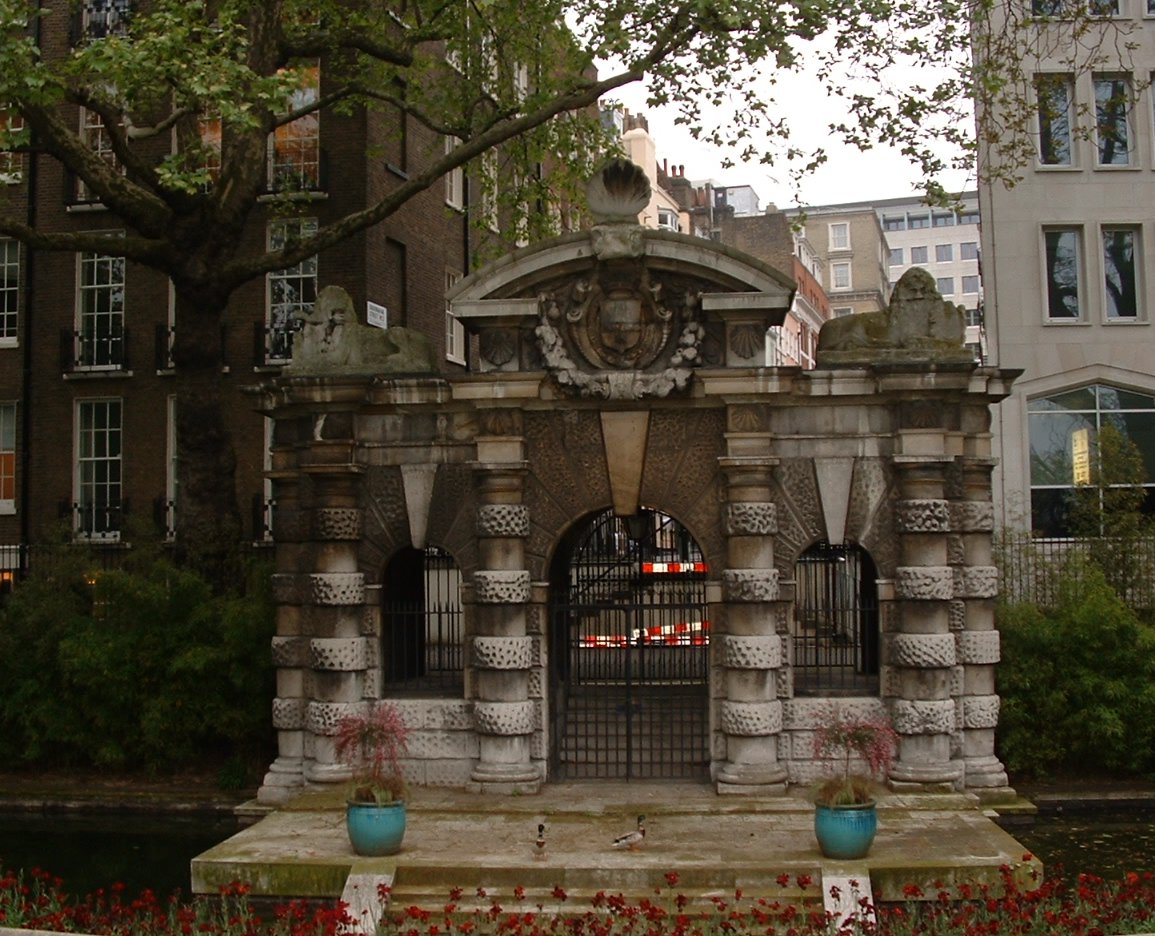
York Watergate.
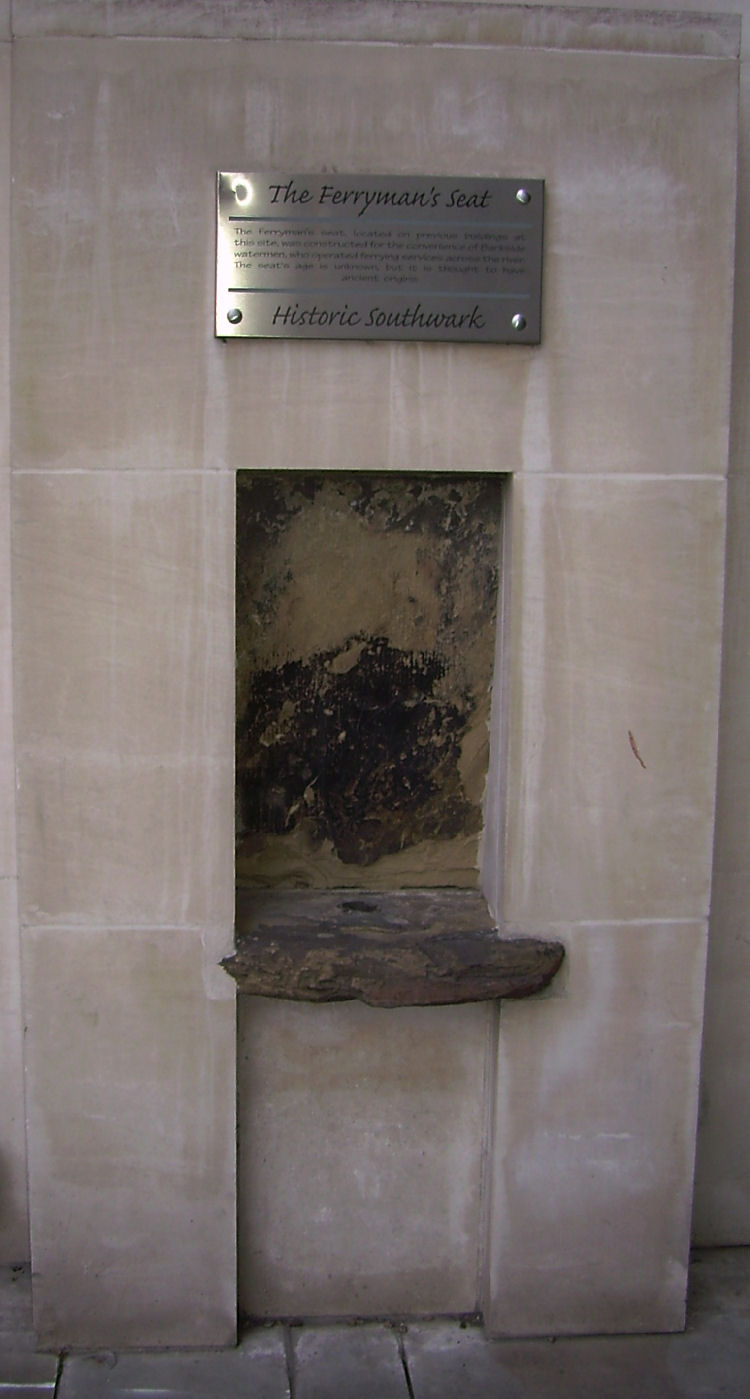
The Ferryman's Seat, Bankside.
Another reminder of the watermen still remaining is this Ferryman's Seat where the Ferryman would take his rest in between jobs.
By the year 1625 there were four wheeled coaches plying for hire and the first Hackney cab stand appeared at the May-pole in the Strand. Where Captain Baily, said to have accompanied Raleigh in his last expedition to Guiana, employed four hackney coaches, with drivers in liveries, to ply for hire, fixing his own rates. These were the first to coin the name 'Hackney Coaches' from whence all coaches for hire became known. And by the year 1636 there were 50 Hackney carriages by proclamation of King Charles I.
In 1694 under the Cromwell government 250 Hackney coaches were licensed to ply for hire in London. In 1679 the conditions of fitness for Hackney coaches was laid down - every coach shall be 10 foot long the coach shall be strong and able to carry four persons at least. No horse shall be under 14 hands in size and they must be fit and strong.
As the city grew so did the number of hackney's and by 1831 there were 1,200.
In December of 1834 Joseph Aloysious Hansom registered his Patent safety cab. Hansom sold his rights in the cab for £10,000 although it is said he was never paid, but by a strange fate Hansom's name was mistaken for the most famous cab of all, the two wheeler Hansom cab, with the driver at the rear, it was in fact the invention of John Chapman. The new owners of the Hansom cab company quickly bought Chapman's patent, and within a few months had 50 of these cabs working the London streets, and so Hansom's fame should have by rights been Chapman's.
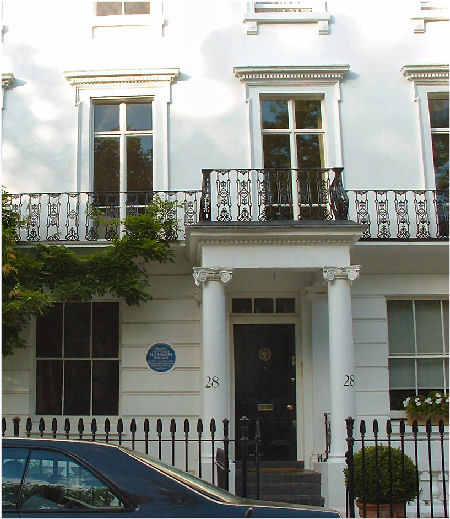
At number 28 Sumner Place South Kensington a blue plaque reminds us that the Hansom Cab founder lived here.
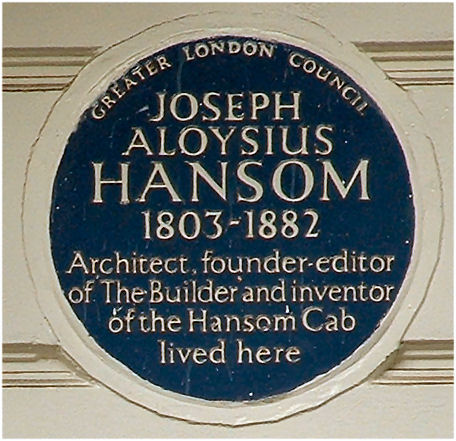
The first petrol driven cabs did not enter the roads until 1903, although there were battery cabs as early as 1897 when on August the 14 the first electric cab left the depot of the London Electric Cab Co. in Juxon street Lambeth, they were called "Humming Birds" because of their quite sounding slight hum, they were considered dangerous, as people and horses could not hear them approaching. In nearby Vauxhall in 1905 the Vauxhall Motor Company brought out a similar cab to the Hansom with the driver at the rear, with out a horse, using 7-9h.p instead.
The Changing faces of the London Taxi-cab
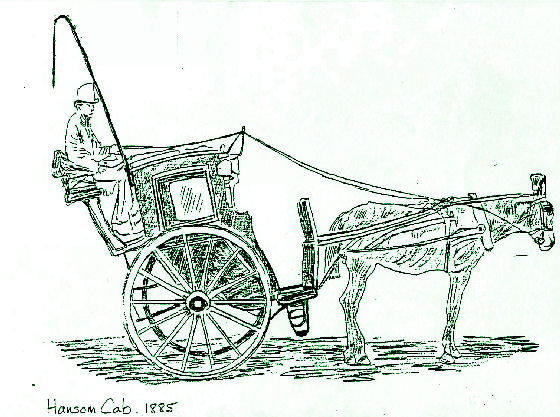
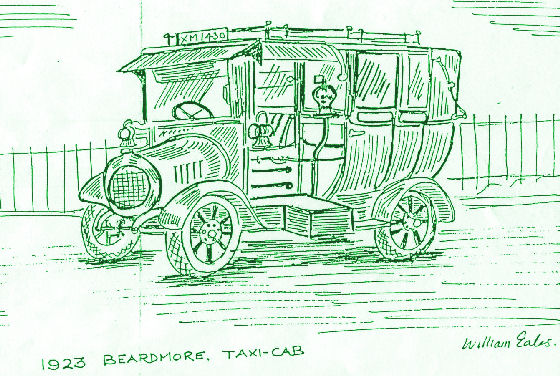
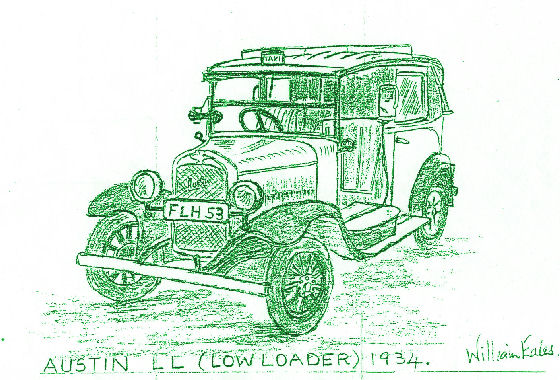


All sketches by kind permission of William Eales
In 1869 control of the cabs was given to the Home Secretary who delegated his authority to the Commissioner of police, who in turn set up The Public Carriage Office, and because of these stringent arrangements London has the finest taxi service in the world.
The 1950's saw the Austin FX3 the father of the FX4 and grand father of the TX1-TX11
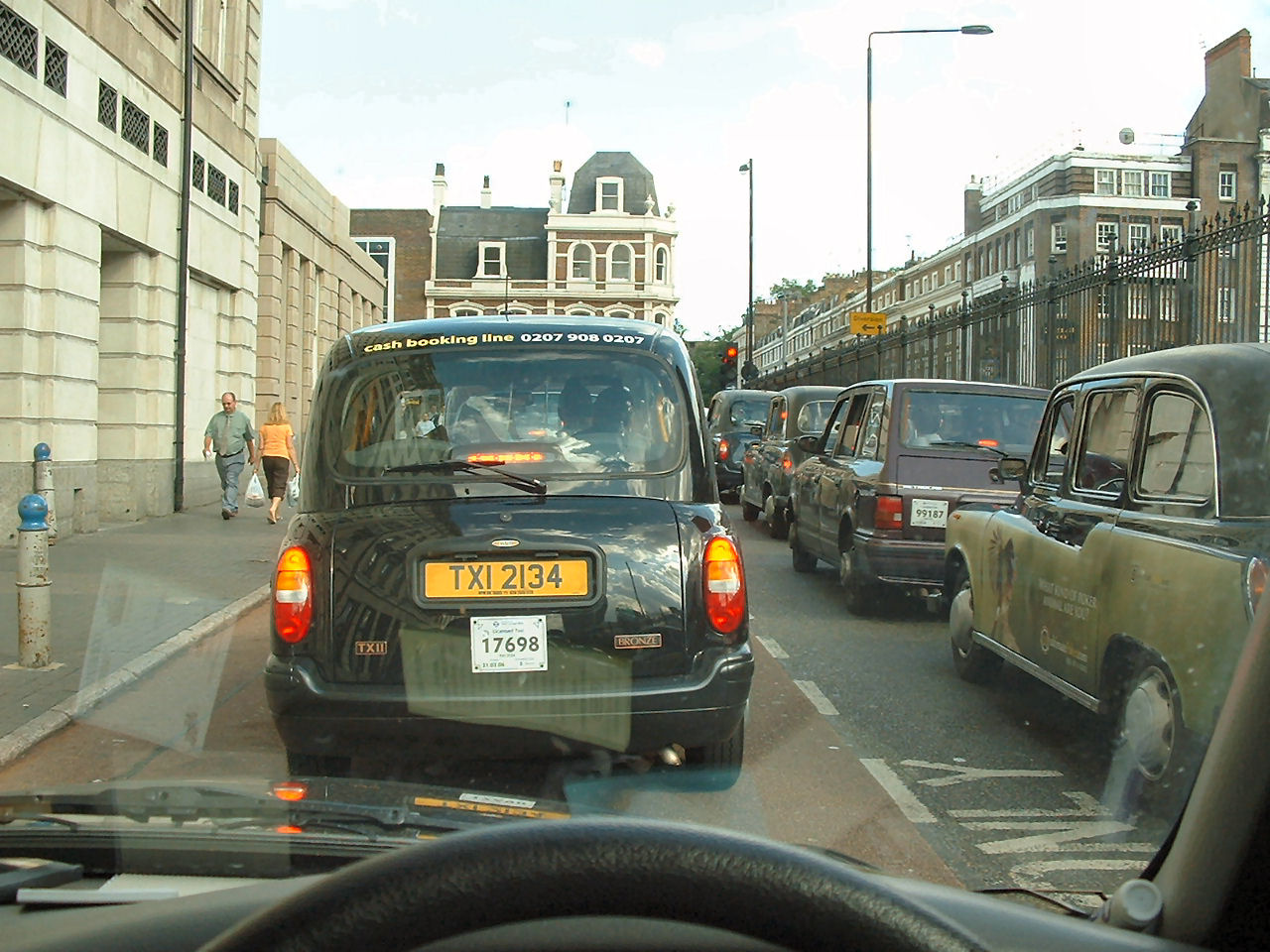
The name Taxicab is born
Wilhelm Bruhn invented the taximeter in 1891, and it is from the word taximeter that taxi became the new word for the cab. The taximeter measured the distance as well as the time taken for an accurate fare of the journey to be charged. The word comes from French taxe ('price') and Greek metron ('measure'). It was disliked by cab drivers who did not want to be told the fares to charge by machines. There were reports that Wilhelm Bruhn ended up being thrown in the river Thames by angry cab drivers, although the word taxi and taximeters were here to stay and are now in use world wide.
No comments:
Post a Comment